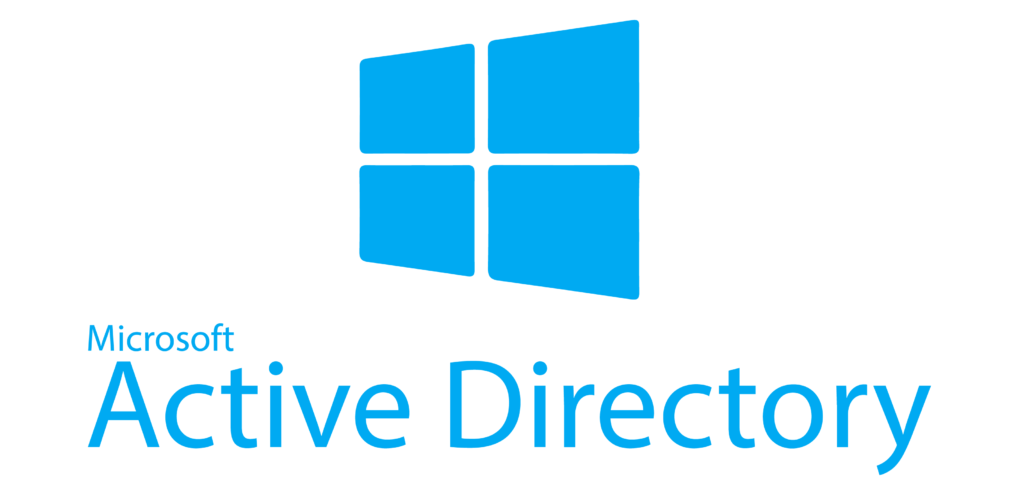
In today’s digital landscape, where data breaches and cyber threats are rampant, ensuring the security and performance of your IT infrastructure is paramount. Active Directory (AD) stands at the core of many organizations’ identity management and access control systems, making it a prime target for attackers. However, maintaining a healthy AD environment goes beyond just security; it also directly impacts the overall performance and efficiency of an organization’s IT operations.
Active Directory, developed by Microsoft, is a directory service used by Windows domain networks to store information about network resources and to facilitate the interaction between users and domains. It plays a crucial role in authenticating and authorizing users and computers, as well as enforcing security policies within a network environment. Given its criticality, regular health checks and maintenance of Active Directory are essential to ensure its smooth operation and robust security posture.
Why Active Directory Health Check Matters
A comprehensive AD health check serves multiple purposes, all of which contribute to the overall security and performance of an organization’s IT infrastructure:
Security Enhancement
Regular health checks help identify and mitigate security vulnerabilities within the Active Directory environment. By conducting security assessments, organizations can uncover potential weaknesses such as misconfigurations, excessive permissions, outdated software, or unpatched systems that could be exploited by malicious actors.
Compliance Requirements
Many industries are subject to regulatory compliance requirements, such as GDPR, HIPAA, or PCI DSS, which mandate strict controls over data security and privacy. An AD health check ensures that the organization meets these compliance standards by assessing its adherence to relevant security policies and procedures.
Performance Optimization
A well-maintained Active Directory environment contributes to the overall performance and efficiency of IT operations. By identifying and resolving performance bottlenecks, organizations can improve user experience, reduce downtime, and enhance productivity across the network.
The Ultimate Active Directory Health Check Checklist
To maximize the security and performance of your Active Directory environment, follow this comprehensive checklist:
1. Audit Active Directory Permissions
Regularly review and audit permissions assigned to users, groups, and computer objects within Active Directory. Ensure that least privilege principles are followed to minimize the risk of unauthorized access.
2. Review Group Policies
Evaluate existing Group Policy Objects (GPOs) to ensure they are properly configured and aligned with the organization’s security requirements. Remove any obsolete or conflicting policies that could impact system performance.
3. Monitor Replication Status
Check the replication status of domain controllers to ensure data consistency across the Active Directory forest. Address any replication errors or issues promptly to prevent data divergence and potential authentication failures.
4. Validate DNS Configuration
Verify the correctness of DNS settings and ensure proper name resolution within the Active Directory environment. Misconfigured DNS settings can lead to authentication problems and hinder domain controller communication.
5. Perform Regular Backup and Recovery Tests
Regularly back up Active Directory data and test the recovery process to ensure business continuity in the event of data loss or system failure. Implement a robust backup strategy that includes both system state and application-level backups.
6. Review Service Accounts
Review and update service accounts used by applications and services within the Active Directory environment. Ensure that these accounts have the appropriate permissions and password policies applied to mitigate the risk of credential misuse.
7. Harden Domain Controllers
Implement security best practices to harden domain controllers against common attack vectors. This includes disabling unnecessary services, enabling audit logging, and applying the latest security patches and updates.
8. Monitor Active Directory Logs
Regularly monitor Active Directory logs for suspicious activities or security events. Implement a centralized logging solution and configure alerts for critical events to facilitate timely detection and response to security incidents.
9. Conduct Regular Security Assessments
Perform periodic security assessments and penetration tests to identify and remediate potential security vulnerabilities within the Active Directory environment. Engage third-party security experts if necessary to conduct comprehensive assessments.
10. Stay Up-to-Date with Best Practices
Stay informed about the latest security threats and best practices related to Active Directory management. Subscribe to security bulletins, attend training sessions, and participate in industry forums to stay ahead of emerging threats.
Conclusion
Maximizing the security and performance of your Active Directory environment requires proactive monitoring, regular maintenance, and adherence to security best practices. By following the ultimate Active Directory health check checklist outlined above, organizations can strengthen their security posture, ensure compliance with regulatory requirements, and optimize the efficiency of their IT operations. To ensure your Active Directory remains secure and efficient, consider utilizing a specialized active directory health check tool that assesses key areas such as configuration, security, and operational procedures, providing a comprehensive view of your AD’s health. Remember, a healthy Active Directory is not just a necessity; it’s a strategic asset that drives business success in today’s digital age.